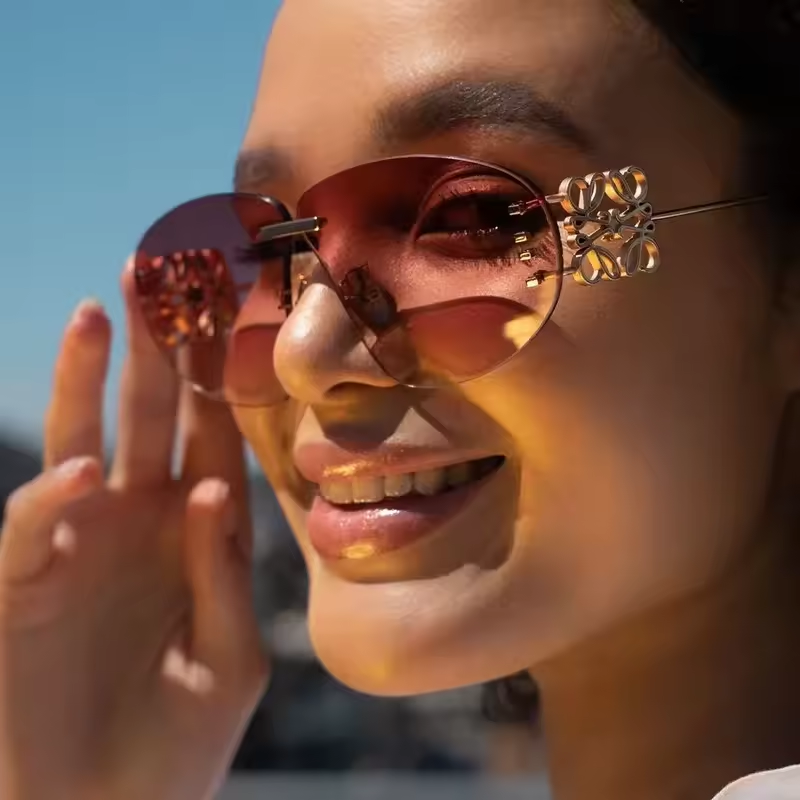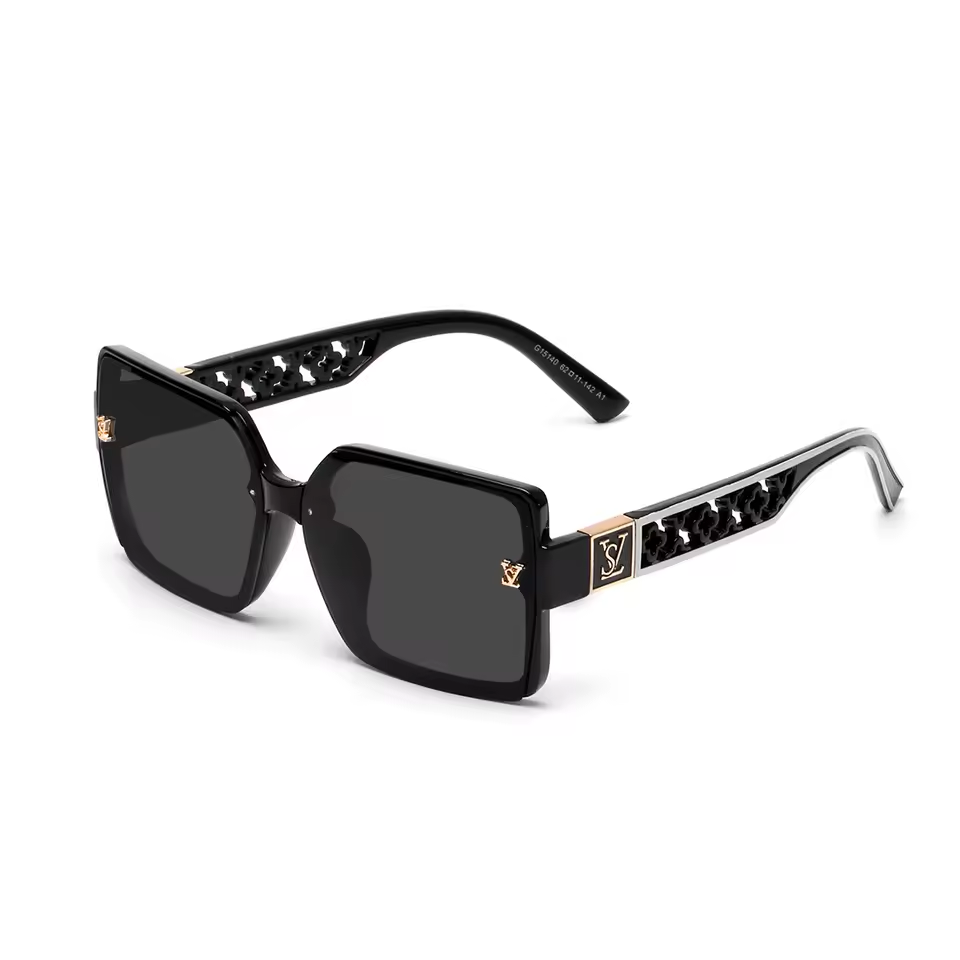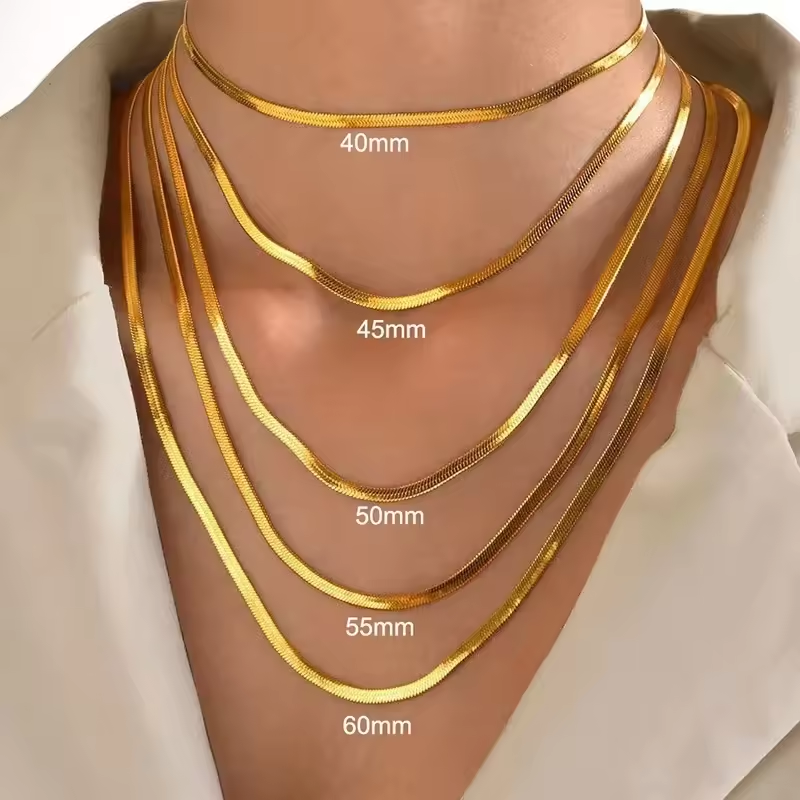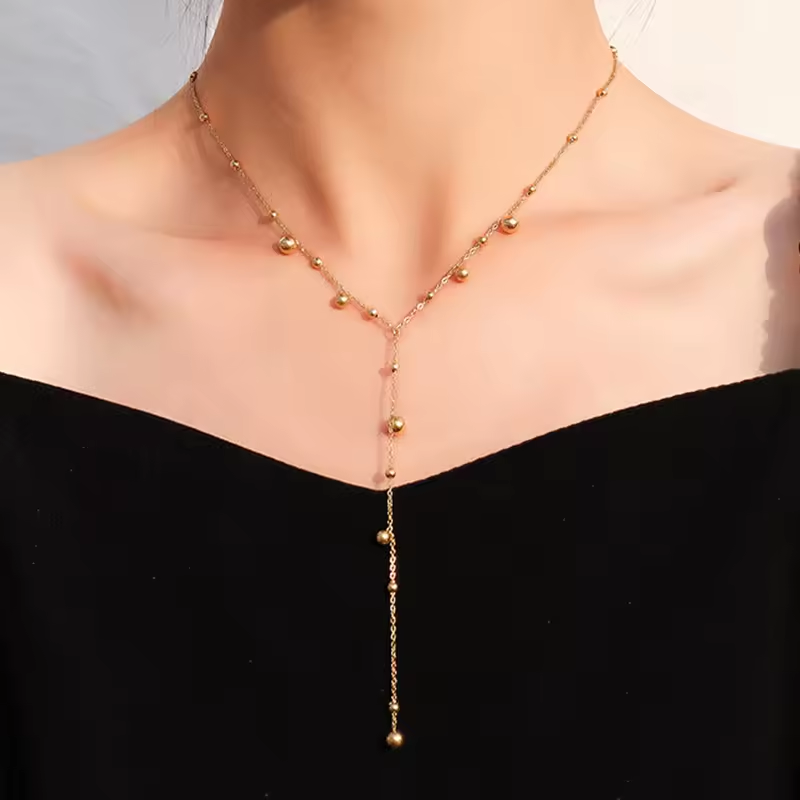Introduction to Glasses: Beyond Vision Correction
Glasses are no longer just tools for correcting vision—they’re a canvas for self-expression and a functional accessory for every occasion. From prescription glasses that sharpen focus to sunglasses that protect against UV rays, the right pair can elevate your style while meeting practical needs. This guide demystifies the process of choosing glasses, whether you’re seeking everyday wear, sportswear, or fashion-forward designs.
Start by defining your primary purpose. Need clear vision? Prioritize prescription glasses with high-quality lenses. Want to protect eyes from glare? Invest in polarized sunglasses. For active lifestyles, opt for lightweight, impact-resistant frames. By aligning your needs with the right features, you can select glasses that serve both form and function.
The Evolution of Glasses: From Function to Fashion Statement
Glasses have undergone a transformative journey from utilitarian tools for vision correction to symbols of cultural identity and avant-garde design. Their evolution reflects societal changes, technological advancements, and the interplay between practicality and aesthetics.
Historical Landmarks
The earliest vision-correcting devices emerged in 13th-century Europe, where scholars used magnifying lenses to read tiny manuscripts. By the 1700s, Benjamin Franklin invented bifocals, merging distance and near-vision lenses in a single frame. These early innovations prioritized functionality over form, with heavy glass lenses and rigid frames.
Cultural Icons and Fashion Milestones
The 20th century cemented glasses as fashion elements. In the 1950s, cat-eye frames became synonymous with Hollywood glamour, popularized by icons like Audrey Hepburn. The 1960s saw the rise of geometric shapes—round, square, and oversized frames—embodied in John Lennon’s round frames and Jackie Kennedy’s rectangular designs.
Modern Innovation and Customization
Today’s glasses blend heritage with cutting-edge trends. Acetate frames—known for vibrant hues and sculptural shapes—allow for bold expressions, while titanium frames offer lightweight durability. Prescription glasses now feature ultra-thin lenses with anti-reflective coatings, appealing to minimalist aesthetics.
Sustainability and Ethical Trends
Modern designers prioritize eco-conscious materials. Brands like Warby Parker use recycled acetate, while Mykita incorporates biodegradable components. Additionally, “prescription sunglasses” combine UV protection with corrective lenses, catering to both health and style demands.
Cultural Signifiers
Glasses have become markers of subcultures. Aviators symbolize rugged masculinity (think Tom Cruise in Top Gun), while retro round frames evoke a nostalgic, intellectual vibe. Meanwhile, tech-savvy consumers explore smart glasses like Google Glass, merging wearable tech with everyday wear.
Material Mastery: Choosing the Right Frames and Lenses
The materials of your glasses directly impact durability, comfort, and aesthetics. Frames are typically made from acetate, metal, or polycarbonate, each offering distinct benefits. Lenses, meanwhile, vary in coatings and treatments to suit specific needs.
-
Frame Materials:
- Acetate: Lightweight, hypoallergenic, and versatile for bold colors. Ideal for classic or retro styles.
- Metal: Durable and sleek, with options like titanium for flexibility. Perfect for minimalist designs.
- Polycarbonate: Impact-resistant and lightweight, making it ideal for best motorcycle glasses or sports eyewear.
-
Lens Innovations:
- Anti-reflective coatings: Reduce glare for clearer vision.
- Photochromic lenses: Automatically adjust tint based on light conditions.
- Polarized lenses: Block horizontal glare, critical for sunglasses worn near water or snow.
Investing in high-quality materials ensures longevity and performance. For example, polycarbonate lenses are 10× more impact-resistant than glass, making them essential for safety-focused best motorcycle glasses.
Prescription Glasses: Tailoring for Clarity and Comfort
Selecting the perfect pair of prescription glasses requires balancing medical needs with personal style. The right pair sharpens vision while complementing facial features, skin tone, and lifestyle preferences.
Understanding Your Prescription
Prescriptions are categorized by vision issues:
- Myopia (nearsightedness): Blurred distance vision. Requires concave lenses.
- Hyperopia (farsightedness): Difficulty focusing on close objects. Convex lenses are prescribed.
- Astigmatism: Distorted vision due to irregular cornea shape. Cylinder lenses correct this.
- Presbyopia (age-related near-vision loss): Bifocals or progressive lenses provide multiple focal points.
Frame Shape & Face Compatibility
- Round Faces: Angular frames (rectangle, square) create contrast.
- Square Faces: Rounded or oval frames soften sharp angles.
- Oval Faces: Most styles work, but avoid overly bulky frames.
- Heart-shaped Faces: Lower-weight frames balance broad foreheads.
Lens Innovations
- High-index lenses: Slimmer and lighter for strong prescriptions (-6.00 diopters+). Ideal for those with thick lenses.
- Polycarbonate lenses: Impact-resistant and UV-protective, perfect for active lifestyles.
- Photochromic lenses: Automatically darken outdoors, eliminating the need for separate sunglasses.
Comfort and Fit
- Nose pads: Adjustable pads prevent slipping on flat nasal bridges.
- Temple styles: Wraparound temples stay secure during movement; straight temples suit smaller heads.
- Material preferences: Metal frames are hypoallergenic; acetate offers flexibility for varied face shapes.
Customization Trends
Many brands now offer “try-before-buy” services with virtual fitting tools. Additionally, gradient tints and mirrored coatings allow prescription glasses to double as fashion accessories.
Selecting the Best Sunglasses for Protection and Style
Sunglasses are indispensable for eye health and style, but choosing the right pair involves understanding UV protection, lens technology, and design nuances.
UV Protection Essentials
Always prioritize lenses labeled “UV400” or “100% UV protection”. UV rays damage retinas and contribute to cataracts. Polarized lenses are critical for reducing glare from reflective surfaces like water or snow.
Lens Color Science
- Gray: Neutral tint that maintains true color perception, ideal for driving.
- Amber/Yellow: Enhances contrast in low-light conditions; popular for winter sports.
- Mirrored coatings: Reflect intense light while protecting eyes from harsh environments.
- Photochromic lenses: Darken with sunlight exposure, eliminating the need for multiple pairs.
Trend-Forward Designs
- Aviators: Timeless and versatile, with teardrop lenses and metal frames.
- Cat-Eyes: Retro flair with upswept corners, suited for bold fashion statements.
- Wraparounds: Sporty designs that hug the face, reducing light entry from the sides.
Stylist Tips
- Skin Tone: Warm tones pair well with gold or copper frames; cool tones suit silver or black.
- Frame Size: Match lens width to face width (e.g., petite frames for smaller faces).
- Mix & Match: Combine bold frames with neutral outfits or vice versa.
Tech-Driven Innovations
- Smart sunglasses: Solar-powered Bluetooth devices (e.g., “Tiwal sunglasses”) offer call and GPS alerts.
- Interchangeable lenses: Brands like Oakley provide multiple tint options for varying conditions.
Best Motorcycle Glasses: Safety and Performance for Riders
Best motorcycle glasses are engineered for high-speed safety, aerodynamics, and weather resistance. They protect against wind, debris, UV rays, and temperature fluctuations while ensuring a secure fit.
Core Features
- Impact-resistant lenses: Polycarbonate or Trivex materials withstand high-speed projectiles.
- Ventilation channels: Prevent fogging by allowing airflow without compromising seal.
- UV protection: UV400 coatings block harmful rays during long rides.
- Secure-fit temples: Wraparound designs or silicone grips keep glasses in place under helmets.
Material Innovations
- Lightweight polymers: Reduce facial fatigue during extended rides.
- Anti-fog coatings: Hydrophobic layers repel moisture (re-treatment kits included in premium models).
Styling Tips for Riders
- Color Coordination: Matte black frames pair well with leather jackets; neon accents add visibility.
- Layering: Wear over prescription glasses with adjustable nose pads.
- Helmet Compatibility: Ensure temples don’t protrude into helmet straps.
Top Brands and Models
- Oakley Radarlock (Wraparound design with integrated ventilation)
- Smith Optics Momentum (Interchangeable lenses for snow/motorcycle use)
- Giro Amperage (Anti-fog technology and sleek aerodynamic shape)
Maintenance
- Clean with microfiber cloths and designated solutions.
- Store in hard cases to prevent scratches.
Glasses for Sports: Enhancing Performance and Safety
Sports-specific glasses are tailored for activity demands, blending technical performance with functional design. From running to skiing, the right pair improves visibility and safety without compromising mobility.
Activity-Specific Designs
- Running/Trail Running: Lightweight frames with breathable nose bridges; polycarbonate lenses protect against branches and dirt.
- Swimming: Silicone-sealed goggles with anti-fog coatings; UV protection for pool and open water.
- Snow Sports: Wraparound goggles with mirrored lenses for glare reduction; thermal lenses prevent fogging.
- Cycling: Wind-tunnel-tested designs reduce air resistance; interchangeable lenses for varying light.
Technology Innovations
- Hydrophilic coatings: Absorb moisture internally to prevent fogging in humid environments (e.g., hiking in rain).
- Photochromic lenses: Adjust tint mid-activity (e.g., transitioning from cloudy to sunny skies).
Material Advancements
- Flexon frames: Memory metal technology returns to shape after bending (ideal for high-impact sports).
- Impact-resistant polycarbonate: 10× stronger than glass, meeting ANSI Z87.1 safety standards.
Stylish Sportswear Trends
- Neon accents: Increase visibility in low-light conditions.
- Minimalist designs: Sleek frames for a “techwear” aesthetic in fitness fashion.
For best motorcycle glasses, prioritize wraparound designs and secure-fit frames to prevent displacement during high speeds.
Final Thoughts: Crafting Your Perfect Pair of Glasses
A well-chosen pair of glasses is a blend of functionality, style, and personal expression. Whether you’re seeking prescription glasses for daily use, best motorcycle glasses for adventure, or sunglasses for sun protection, prioritize materials, fit, and purpose.
Experiment with frame shapes, lens colors, and brands to find your signature look. Remember, the right glasses aren’t just about seeing clearly—they’re about feeling confident in every moment. Your ideal pair awaits—now go find it!






